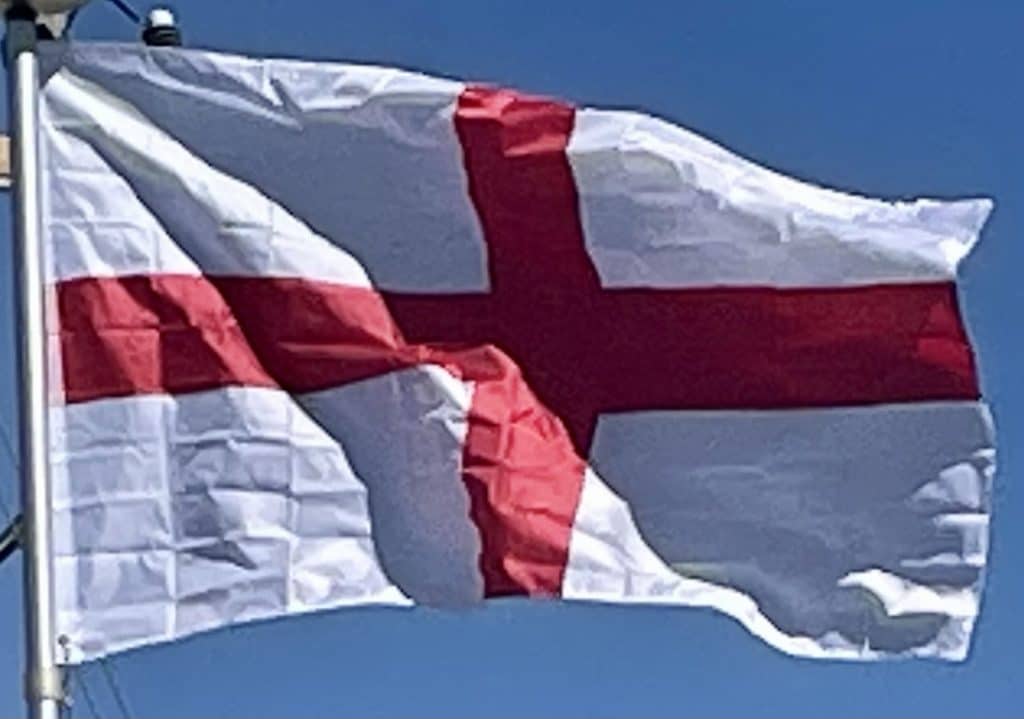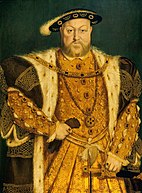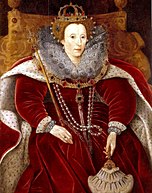Subsequently, the House of Plantagenet from Anjou inherited the English throne under Henry II, adding England to the budding Angevin Empire of fiefs the family had inherited in France including Aquitaine. They reigned for three centuries, some noted monarchs being Richard I, Edward I, Edward III and Henry V. The period saw changes in trade and legislation, including the signing of the Magna Carta, an English legal charter used to limit the sovereign’s powers by law and protect the privileges of freemen. Catholic monasticism flourished, providing philosophers, and the universities of Oxford and Cambridge were founded with royal patronage. The Principality of Wales became a Plantagenet fief during the 13th century and the Lordship of Ireland was given to the English monarchy by the Pope.
During the 14th century, the Plantagenets and the House of Valois both claimed to be legitimate claimants to the House of Capet and with it France; the two powers clashed in the Hundred Years’ War. The Black Death epidemic hit England; starting in 1348, it eventually killed up to half of England’s inhabitants. From 1453 to 1487 civil war occurred between two branches of the royal family – the Yorkists and Lancastrians – known as the Wars of the Roses. Eventually it led to the Yorkists losing the throne entirely to a Welsh noble family the Tudors, a branch of the Lancastrians headed by Henry Tudor who invaded with Welsh and Breton mercenaries, gaining victory at the Battle of Bosworth Field where the Yorkist king Richard III was killed.
Early modern:
Competing with Spain, the first English colony in the Americas was founded in 1585 by explorer Walter Raleigh in Virginia and named Roanoke. The Roanoke colony failed and is known as the lost colony after it was found abandoned on the return of the late-arriving supply ship. With the East India Company, England also competed with the Dutch and French in the East. During the Elizabethan period, England was at war with Spain. An armada sailed from Spain in 1588 as part of a wider plan to invade England and re-establish a Catholic monarchy. The plan was thwarted by bad coordination, stormy weather and successful harrying attacks by an English fleet under Lord Howard of Effingham. This failure did not end the threat: Spain launched two further armadas, in 1596 and 1597, but both were driven back by storms. The political structure of the island changed in 1603, when the King of Scots, James VI, a kingdom which had been a long-time rival to English interests, inherited the throne of England as James I, thereby creating a personal union. He styled himself King of Great Britain, although this had no basis in English law. Under the auspices of King James VI and I the Authorised King James Version of the Holy Bible was published in 1611. It was the standard version of the Bible read by most Protestant Christians for four hundred years until modern revisions were produced in the 20th century.


